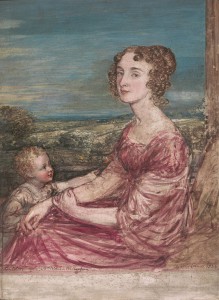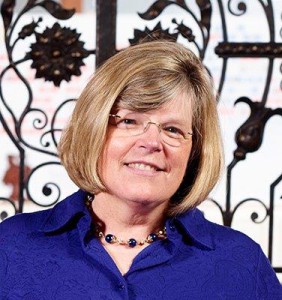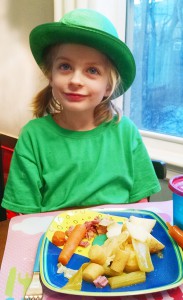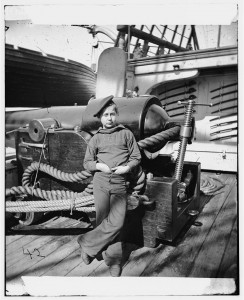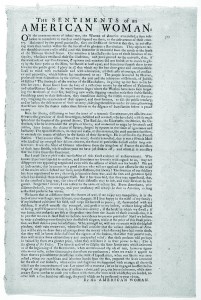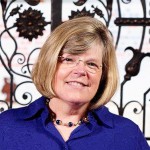 You know the names and dates, but do you know how your early New England ancestors worked to survive? Tracing these individual stories is challenging with limited records, but not impossible.
You know the names and dates, but do you know how your early New England ancestors worked to survive? Tracing these individual stories is challenging with limited records, but not impossible.
As a child, I used my allowance to purchase a family tree fan chart at the former Goodspeed’s antiquarian bookstore here in Boston. This provided my first canvas to visually organize and chart the facts I was collecting. My first objective was simply to fill in as many of the blanks about my ancestors as I could. After all, the fan chart required only names and dates. But then I wanted to know more about them. And for those stories, I turned to my maternal grandmother. Continue reading In Search of Livelihoods
